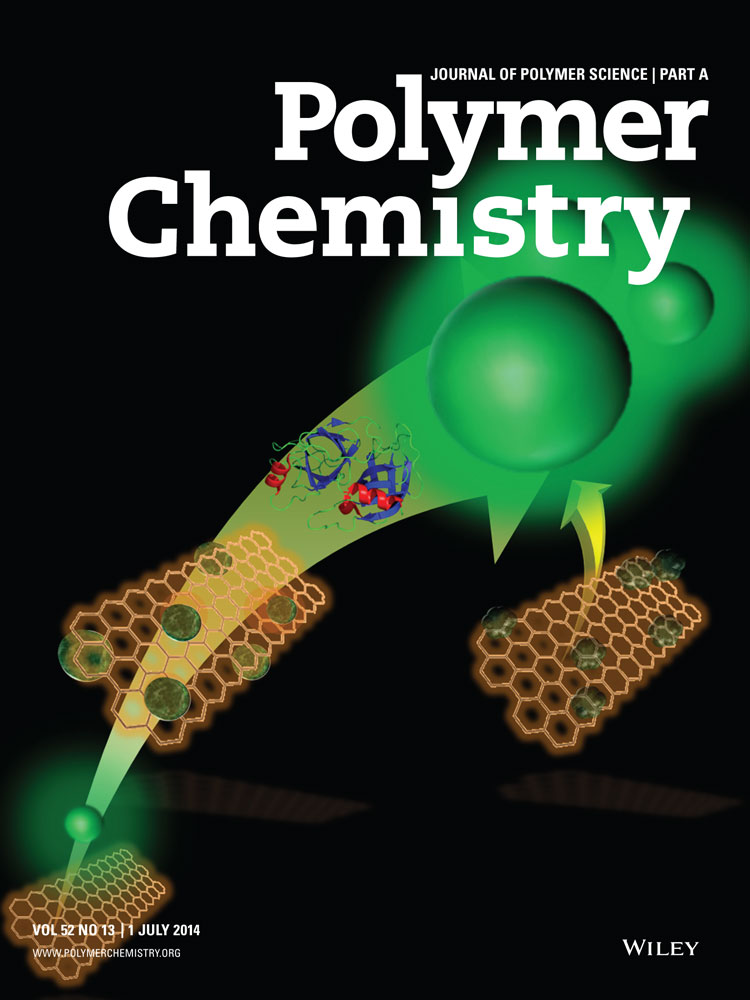Synthesis and polymerization of styrene monomers bearing spiroorthoester structure and volume change during crosslinking by double ring-opening of the pendant spiroorthoesters of the obtained polymers
ABSTRACT
Novel styrene monomers bearing a five or seven-membered spiroorthoester structure (SOE5, SOE7) were synthesized and their radical polymerizations as well as volume change during crosslinking of the obtained polymers were investigated. SOE5 and SOE7 were prepared from 4-vinylbenzyl glycidyl ether and γ-butyrolactone or ε-caprolactone using boron trifluoride diethyl ether complex as a catalyst, respectively. Radical polymerizations of these monomers using 2,2′-azobisisobutyronitrile (AIBN) gave the corresponding styrene-based polymers with keeping the spiroorthoester structures unchanged. These polymers could be transformed to networked polymers by heating with a sulfonium antimonate, a thermally latent cationic polymerization initiator. Copolymerization of SOE5 or SOE7 with styrene at various compositions was carried out to efficiently obtain the corresponding copolymers, respectively. These polymers and copolymers showed little volume shrinkage or slight volume expansion during the crosslinking. © 2014 Wiley Periodicals, Inc. J. Polym. Sci., Part A: Polym. Chem. 2014, 52, 1790–1795




